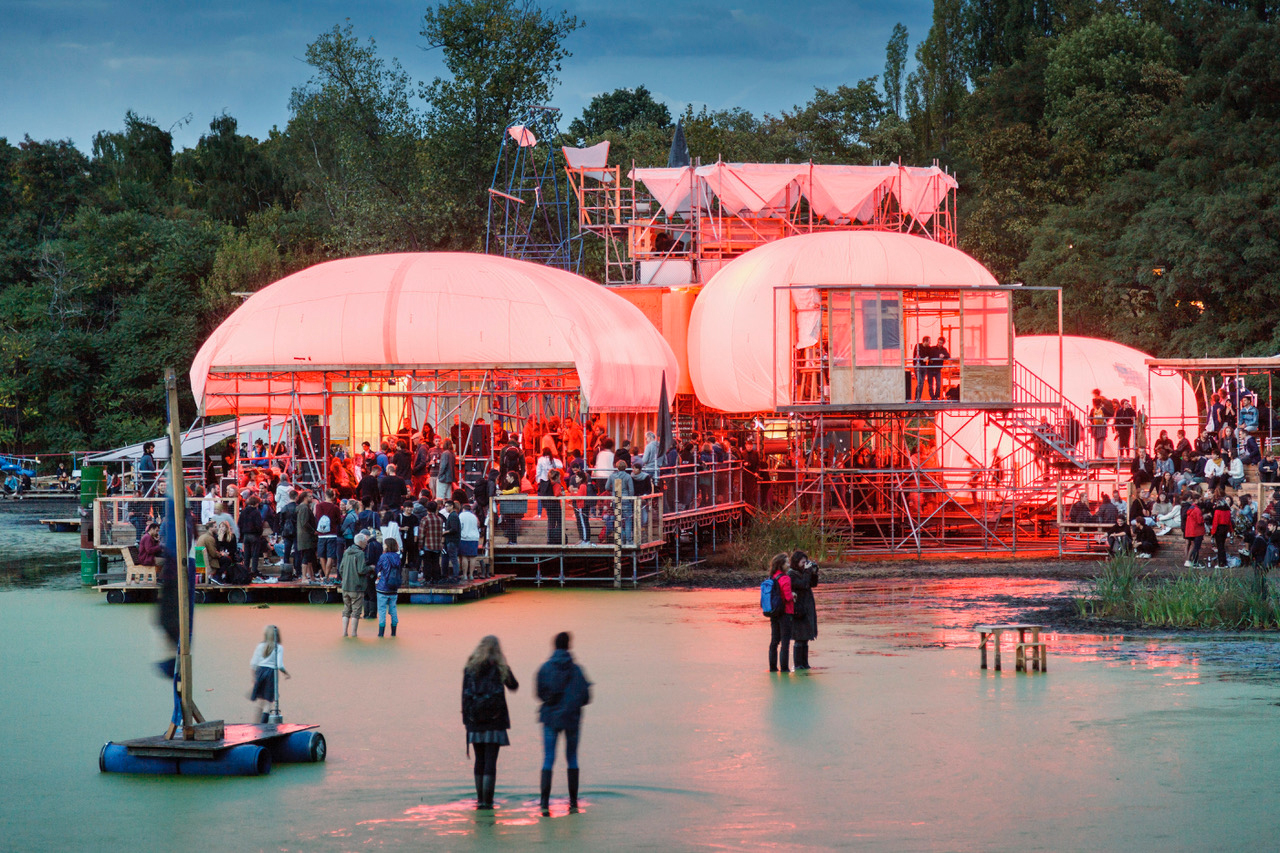Does the growing overlap between the two disciplines signal the ‘self-annihilation’ of the architecture profession?
Walking around the Venice Biennale of Architecture, which opened in May this year, you might be forgiven for wondering if it had swapped editions with its older sibling. Art and artists are everywhere. The main exhibition, The Laboratory of the Future, contains film and textile works from artists Sammy Baloji, Theaster Gates and Olalekan Jeyifous. The Latvian Pavilion houses a supermarket of AI-generated products, while Germany presents sculptures and a dance performance. Many of the contributions by architects bear little relation to their buildings, instead favouring conceptual works on subjects as varied as decolonisation and the value of soil.
This approach has attracted criticism from some within the field. Most prominent among them is Patrik Schumacher, Zaha Hadid’s consigliere and successor (a perennial pot-stirrer, he has previously called for the scrapping of social housing and the privatisation of streets). ‘The Venice “Architecture” Biennale [his scare quotes] is mislabelled and should stop laying claim to the title of architecture. Assuming Venice to be not only the most important item on our global architectural itinerary, but also representative of our discourse in general, what we are witnessing here is the discursive self-annihilation of the discipline.’
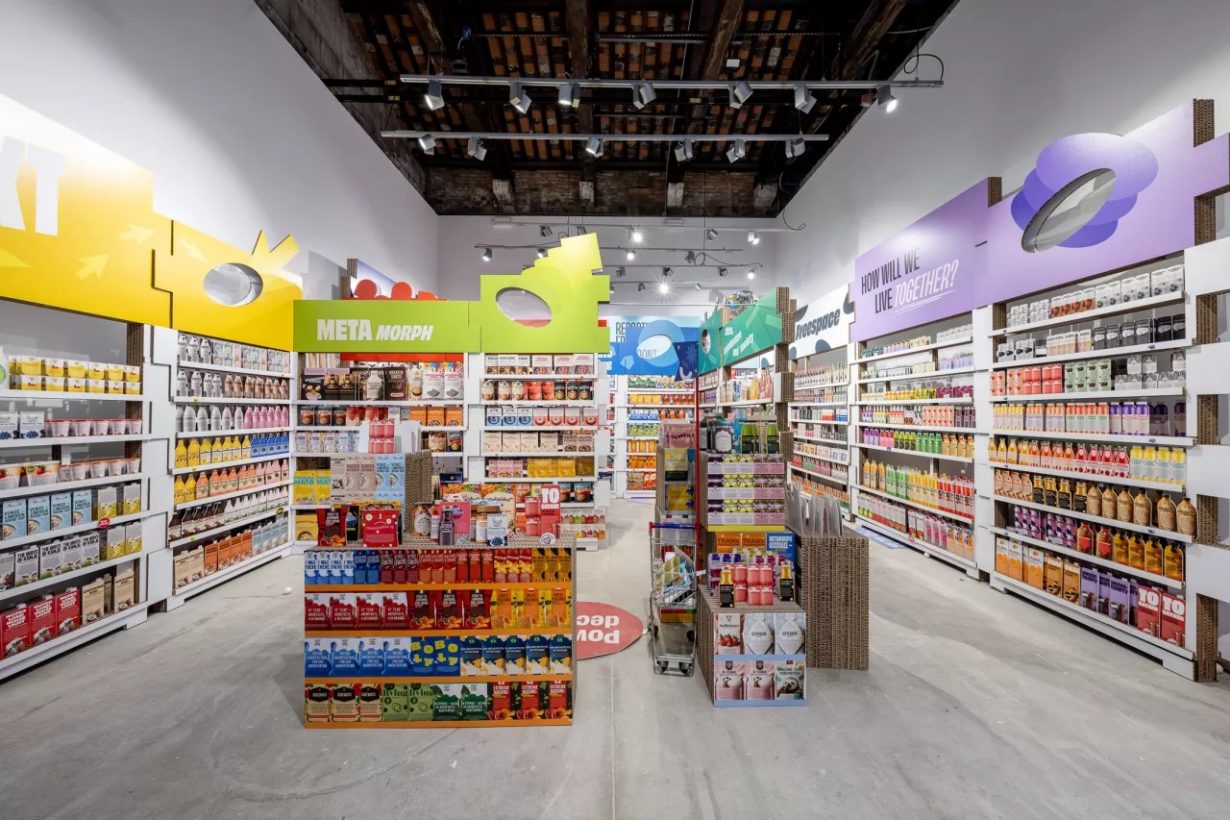
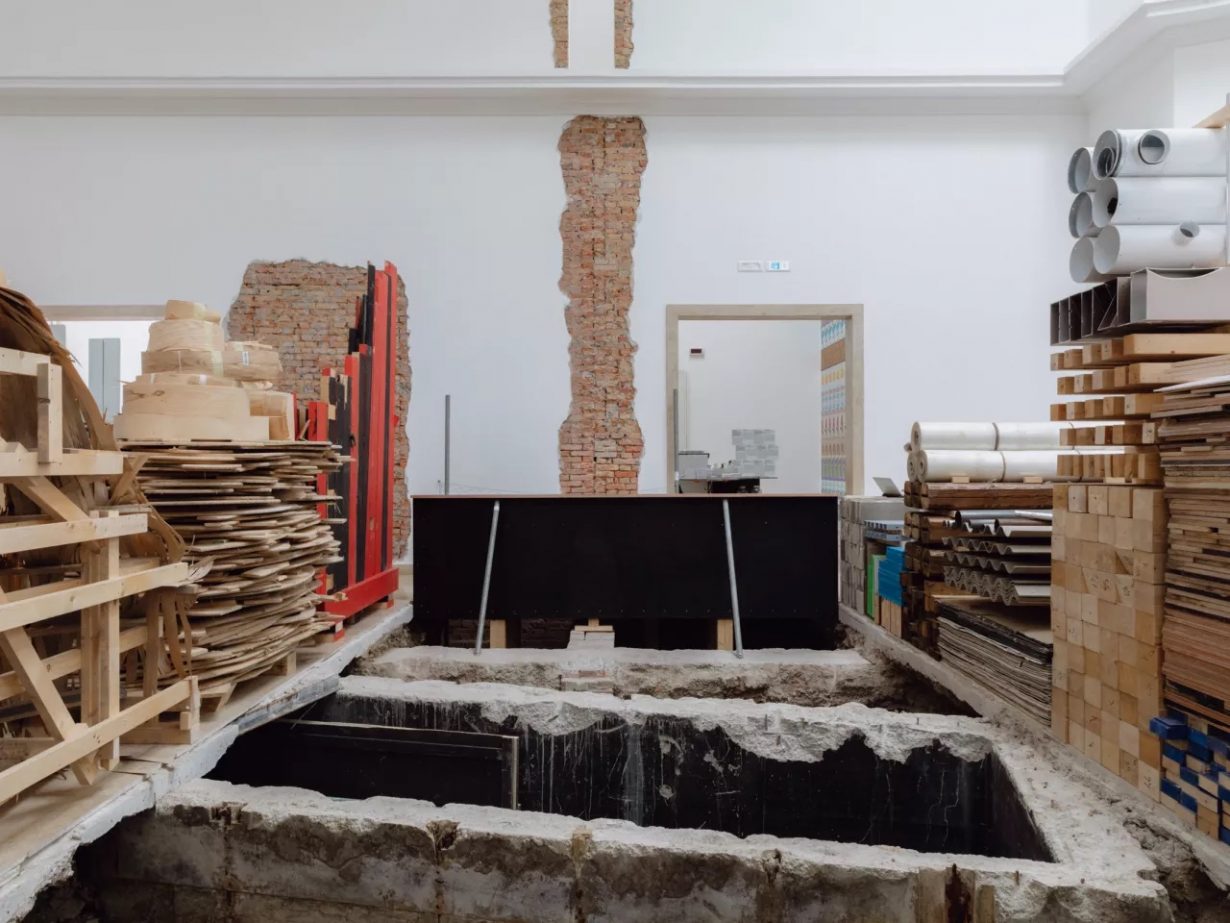
While Schumacher’s tone is characteristically provocative, there is some truth to his argument. Although the practice of architecture was classically regarded as one of the arts (try telling Michaelangelo that he could not do both, or Hadid, whose early work included abstract painting), it is a technical and collaborative discipline, drawing upon design, technology, urbanism and science, and the participation of engineers and construction workers. From ensuring adequate standards of habitation to safeguarding buildings against natural disasters, their work can be a matter of life and death.
Yet the discipline of architecture is often portrayed as a mere annex within visual culture. Newspapers fold architecture and design into their art sections. Publishers churn out coffee-table catalogues that collect beautiful houses. Schools, health centres and housing units of varying quality are built unremarked upon by all but the trade press and a few remaining broadsheet critics. By contrast, there is always room in British papers for coverage of the Serpentine Pavilion, a pleasant folly commissioned by an art gallery. The same could be said of other temporary structure schemes, such as Melbourne’s MPavilion and Toronto’s Winter Stations.
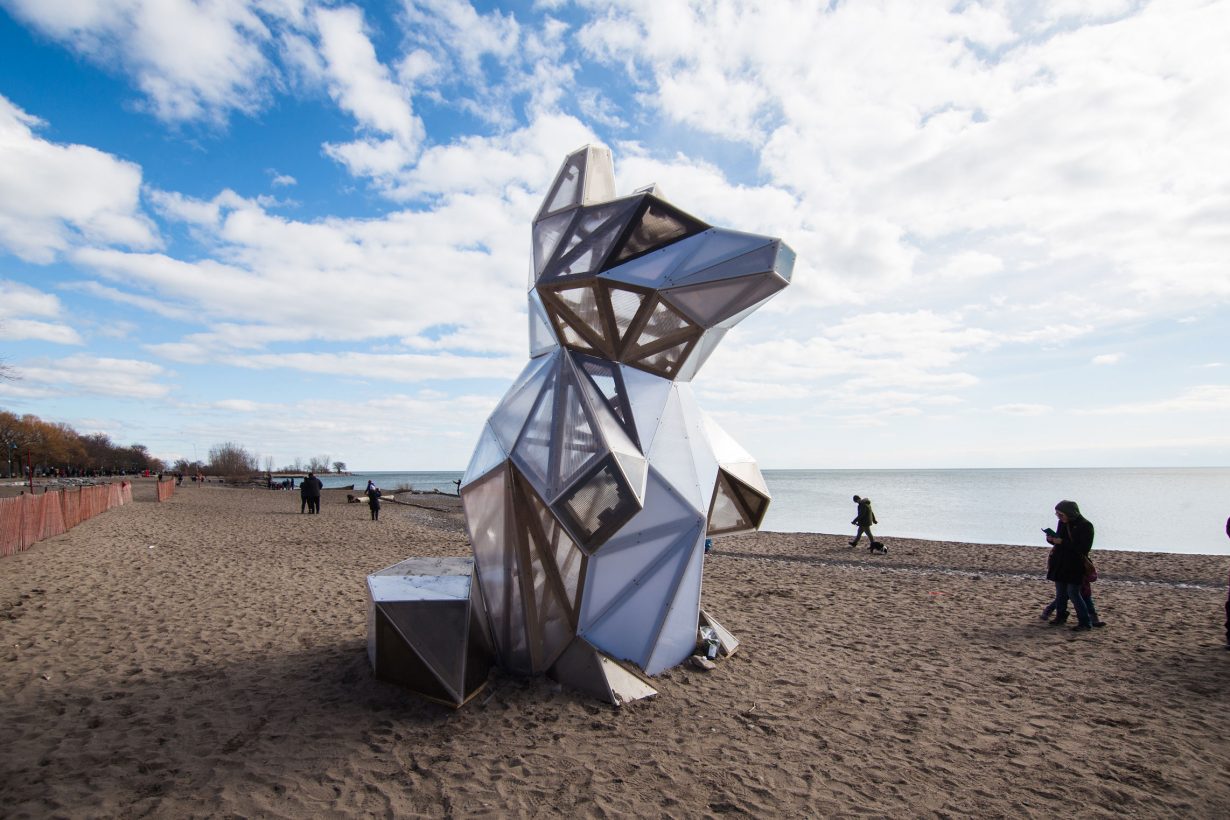
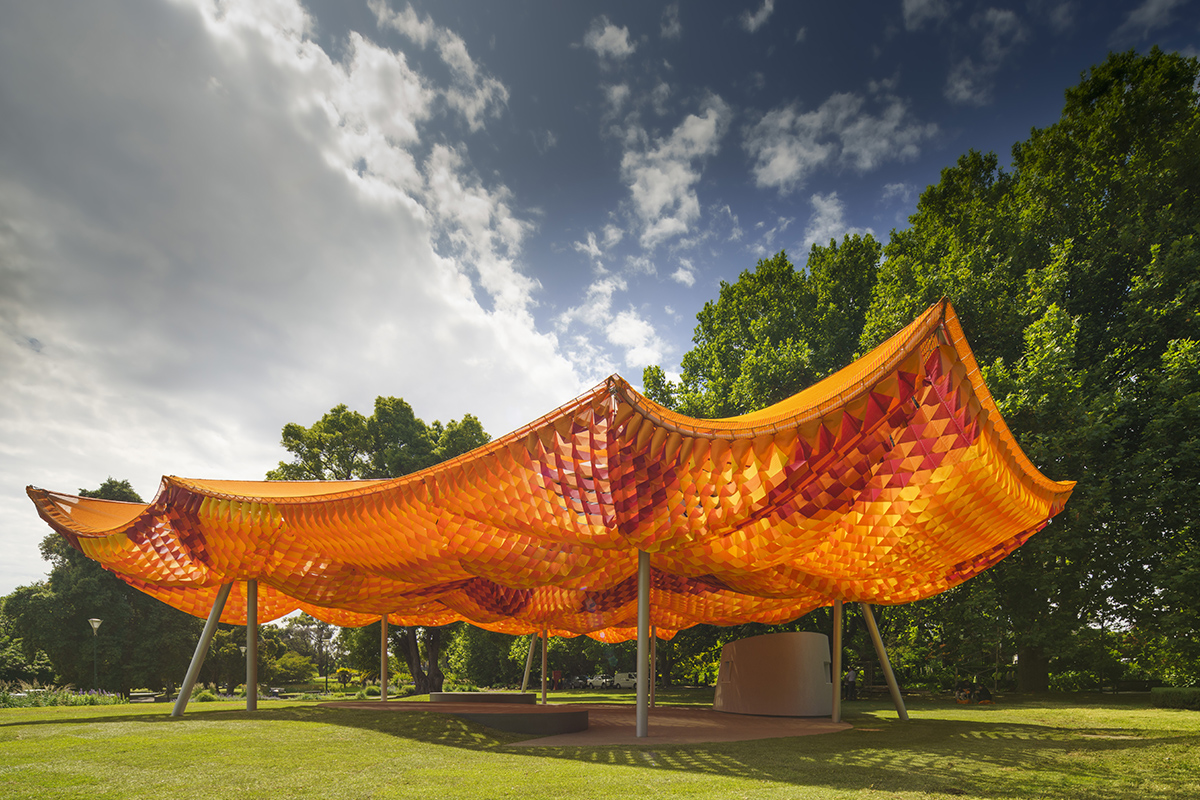
Exhibitions have a significant role to play in detaching the public face of architecture from its practice. Art and architecture have often intermingled through them: the Biennale of Architecture was itself part of the Biennale of Art until the two were distinguished from 1980 onwards. In recent years it has been joined by string of architecture biennials and triennials – Oslo, Lisbon, Sharjah, Chicago, to name a few – that borrow their format from the artworld. Art museums from the Guggenheim to the Centre Pompidou punctuate their programmes with architecture exhibitions. Very seldom do these focus on the ordinary structures that constitute most of the architecture being designed, or draw attention to the social consequences of development and construction. Instead, following the example of MoMA’s influential Modern architecture: international exhibition (1932), they present models, drawings and photographs of landmark buildings.
Architects, in turn, play to this stage and embrace the art establishment. There’s history here: Richard Serra has previously accused his former friend Frank Gehry as errantly ‘parading… the architect as artist’ and forgetting the differences in their fields. The glamour of the contemporary artworld (as well as its money) is undoubtedly a factor. But there may be even more cynical motives at play. Many acclaimed Western architecture firms rely on unsavoury clients: monopolising corporations, extractive oligarchs, states with stained human rights records and casual disregard for construction workers’ safety. In recent years the spotlight has fallen particularly on Qatar. Numerous prominent international studios – I. M. Pei, Zaha Hadid Architects, OMA, Jean Nouvel, Foster + Partners, Allies &. Morrison, among others – have designed major buildings there. Between 2010 and 2020, an estimated 6,500 migrant workers died in the country, a significant proportion of which are believed to have been involved in construction.
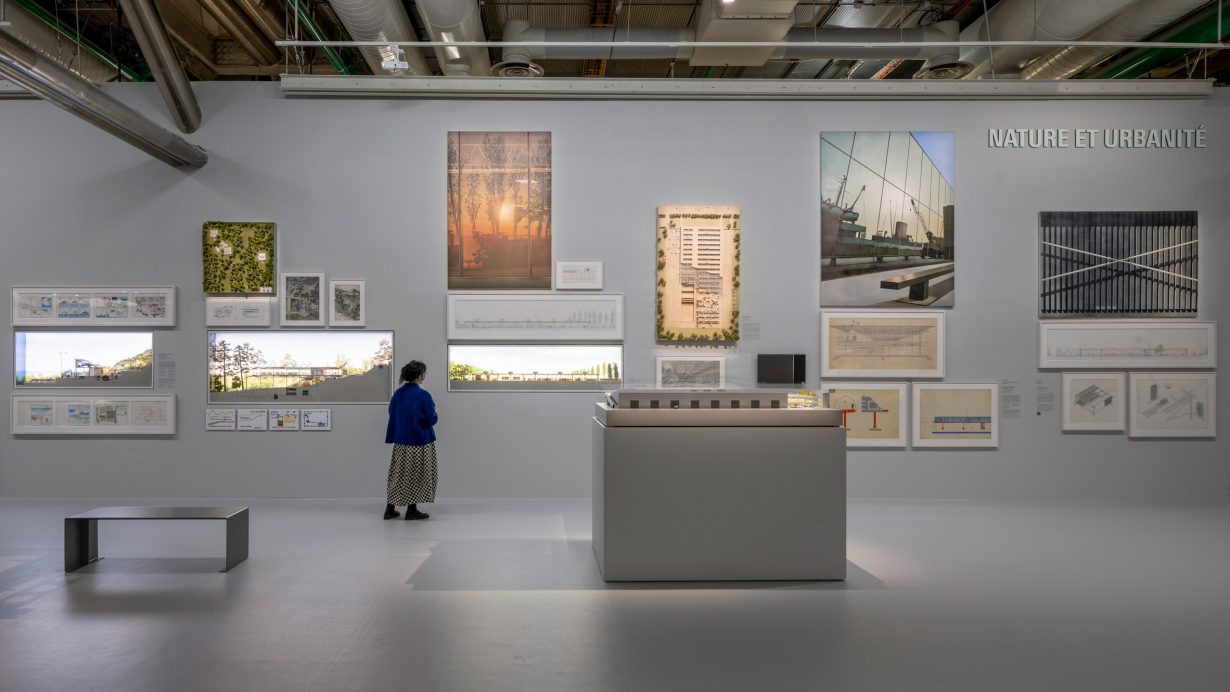
Pivoting towards the artworld gives these firms a place to hide from all this. Worried for your practice’s reputation after designing a stadium in Qatar? Convene an exhibition of your drawings to refocus attention on your artistic genius. But this pivot is also about shifting the discourse around architecture. Forget about the societal forces that led to a building and its social and environmental consequences; speak instead of its aesthetic and intellectual value. Rem Koolhaas is a master of this. In 2012, his practice OMA completed a gigantic leg-shaped tower in Beijing for propagandist Chinese state broadcaster CCTV. Koolhaas hand-waved criticism by talking about CCTV as a ‘shared conceptual space in which all parts are housed permanently’.
Architecture’s overtures towards art should not always be seen as cynical. Numerous architects claim an influence from art, be it Koolhaas’s embrace of Situationist disruption or Hadid’s interest in Russian constructivism. And it is far from a one-way street. Museums court publicity and funding through a constant churn of flashy new buildings. Decision-makers in the art establishment are increasingly making overtures towards younger architects. Last year, Berlin-based architects Raumlabor won the Roland Prize for Art in Public Space, joining a list that includes Hans Haacke, Christian Boltanski and Thomas Hirschhorn. Architecture collective Assemble won the 2015 Turner Prize; this year it was elected to the Royal Academy of Arts. There are now practitioners who seek explicitly to bridge the two disciplines, such as the Sweden-based duo Decolonising Architecture Art Research (DAAR), winners of the Golden Lion at this year’s Biennale. These groups have enriched art, just as artists like Serra, Gordon Matta-Clark and Lucy McKenzie have enriched the discourse around architecture.

Practitioners should be not discouraged from using architectural training imaginatively outside architecture’s mainstream. Forensic Architecture, who employ architectural technology to investigate state violence and human rights abuses, has found art museums a suitable forum in which to display their work. As that group’s founder Eyal Weizman said in a 2018 interview with PIN UP, paraphrasing Carlo Ginzburg: ‘Architecture is not a prison or a fort, architecture is a port, a place from which you go in different directions.’ Architects are free to sail out in search of new ideas and ways of practice. But they should not lose sight of where they set off.
Joe Lloyd is an architecture and design writer based in London. His writing has appeared in The Architectural Review, ICON, Disegno and The Economist’s 1843
